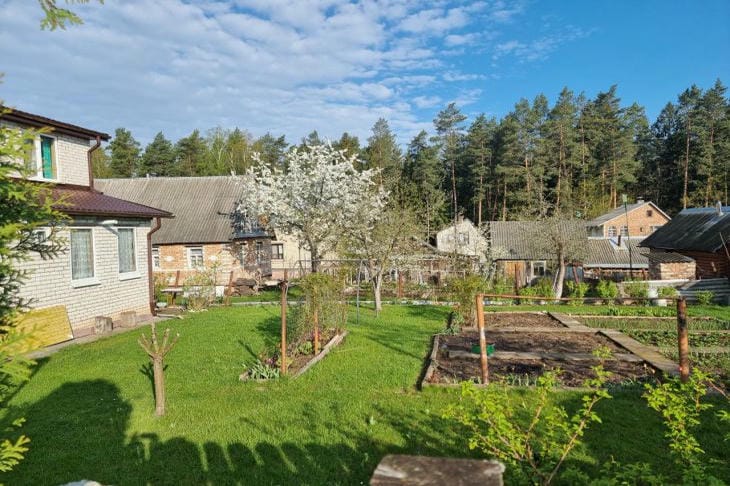Choosing the right place for planting trees is one of the key tasks on which the further growth and development of the plant depends.
Mistakes made at this stage can affect the health of the trees, their fruiting, and even lead to their death.
Let's look at common mistakes that even experienced gardeners make and learn how to avoid them.
Incorrect soil analysis
Many gardeners neglect to test their soil before planting trees. Although most plants can adapt to a variety of soil types, it is important to consider the soil pH and nutrient content.
For example, fruit trees prefer slightly acidic or neutral soils with good water permeability.

If you plant a tree in soil that is too acidic or alkaline, it may not take root well, become diseased, and produce a poor harvest.
Before planting, it is necessary to conduct an acidity test and, if necessary, adjust it by adding lime or other additives.
Insufficient attention to groundwater levels
Concern about groundwater depth is important but often overlooked.
If a tree is planted in a location with a high water table, its root system may suffer from excess moisture, which will lead to root rot.
Fruit trees, especially pears and apples, do not tolerate constant stagnation of water at the roots. To avoid this problem, you should study the area and, if necessary, create a drainage system.
It is also important to take into account the terrain of the site: it is better to plant trees on elevated areas rather than in lowlands where moisture accumulates.
Ignoring light and wind conditions
Some gardeners choose a site based on its convenient location and forget that most fruit trees need a lot of sunlight.
If the tree is in the shade of a building or other plants, its growth will slow down and its yield will decrease. Wind conditions should also be taken into account.
For example, young trees are sensitive to strong winds that can damage trunks and branches, so it is important to consider wind direction and, if necessary, protect trees with fences or hedges.
Neglect of planning the distances between trees
A common mistake is planting trees too close to each other or to other objects. The seedlings look small and seem to take up little space, but after a few years they will grow and their crowns will begin to interfere with each other.
The dense arrangement of trees leads to competition for light and nutrients, which affects their development and reduces yield.
You also need to be aware of possible utilities, such as cables and pipes, that may run underground.
Before planting, it is important to study the site plan and determine in advance where there will be enough space for each tree to grow without restrictions.
The right choice of a place to plant trees is the key to their long and healthy life. Knowledge and attention to the important nuances described in the article will help gardeners grow a healthy and beautiful garden








